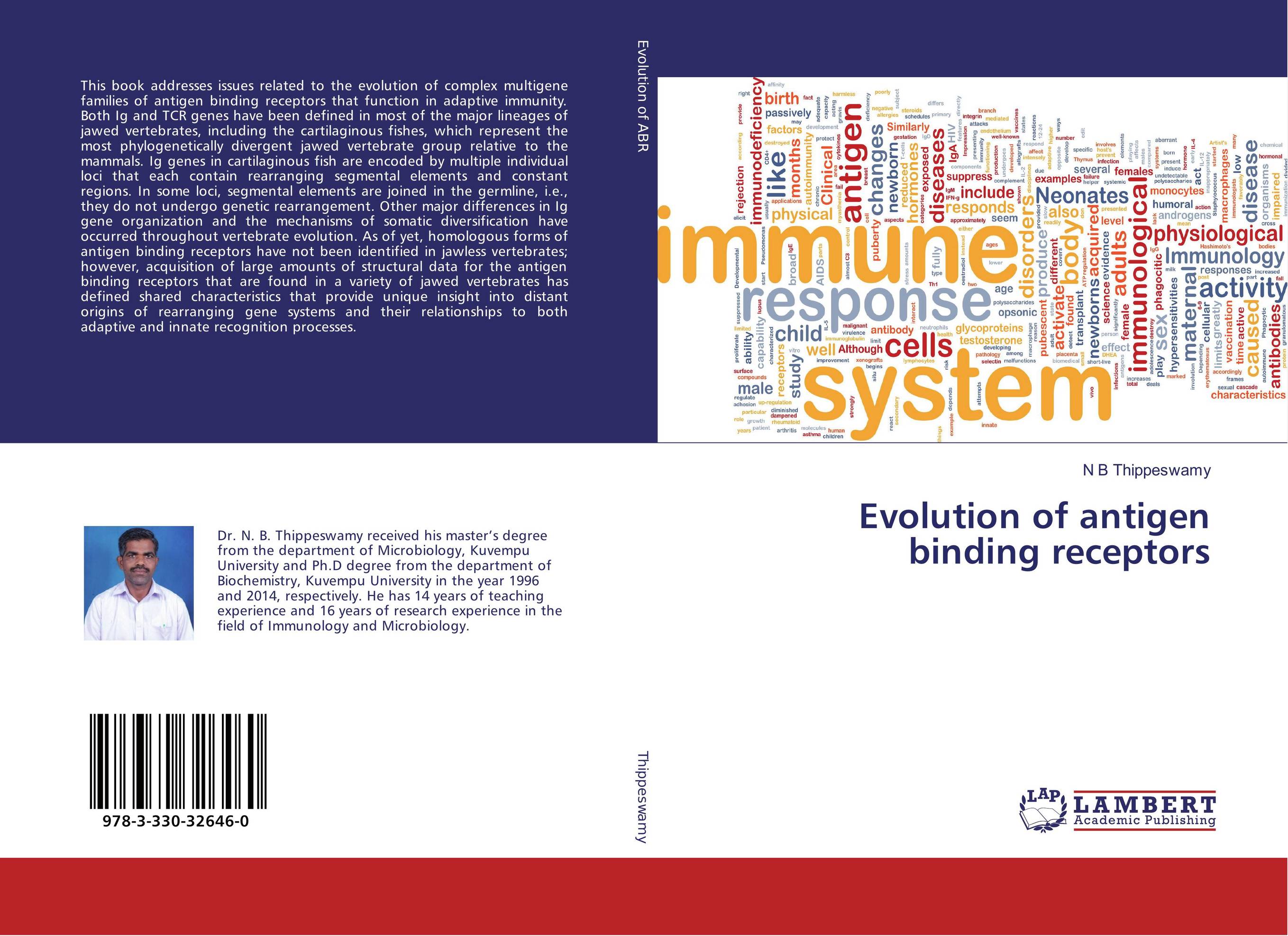| Поиск по каталогу |
|
(строгое соответствие)
|
- Профессиональная
- Научно-популярная
- Художественная
- Публицистика
- Детская
- Искусство
- Хобби, семья, дом
- Спорт
- Путеводители
- Блокноты, тетради, открытки
Evolution of antigen binding receptors.

В наличии
| Местонахождение: Алматы | Состояние экземпляра: новый |

Бумажная
версия
версия
Автор: N B Thippeswamy
ISBN: 9783330326460
Год издания: 2017
Формат книги: 60×90/16 (145×215 мм)
Количество страниц: 108
Издательство: LAP LAMBERT Academic Publishing
Цена: 29753 тг
Положить в корзину
| Способы доставки в город Алматы * комплектация (срок до отгрузки) не более 2 рабочих дней |
| Самовывоз из города Алматы (пункты самовывоза партнёра CDEK) |
| Курьерская доставка CDEK из города Москва |
| Доставка Почтой России из города Москва |
Аннотация: This book addresses issues related to the evolution of complex multigene families of antigen binding receptors that function in adaptive immunity. Both Ig and TCR genes have been defined in most of the major lineages of jawed vertebrates, including the cartilaginous fishes, which represent the most phylogenetically divergent jawed vertebrate group relative to the mammals. Ig genes in cartilaginous fish are encoded by multiple individual loci that each contain rearranging segmental elements and constant regions. In some loci, segmental elements are joined in the germline, i.e., they do not undergo genetic rearrangement. Other major differences in Ig gene organization and the mechanisms of somatic diversification have occurred throughout vertebrate evolution. As of yet, homologous forms of antigen binding receptors have not been identified in jawless vertebrates; however, acquisition of large amounts of structural data for the antigen binding receptors that are found in a variety of jawed vertebrates has defined shared characteristics that provide unique insight into distant origins of rearranging gene systems and their relationships to both adaptive and innate recognition processes.
Ключевые слова: B cell, Evolution, T cell, Antigen binding receptors, immunoglobulin genes



